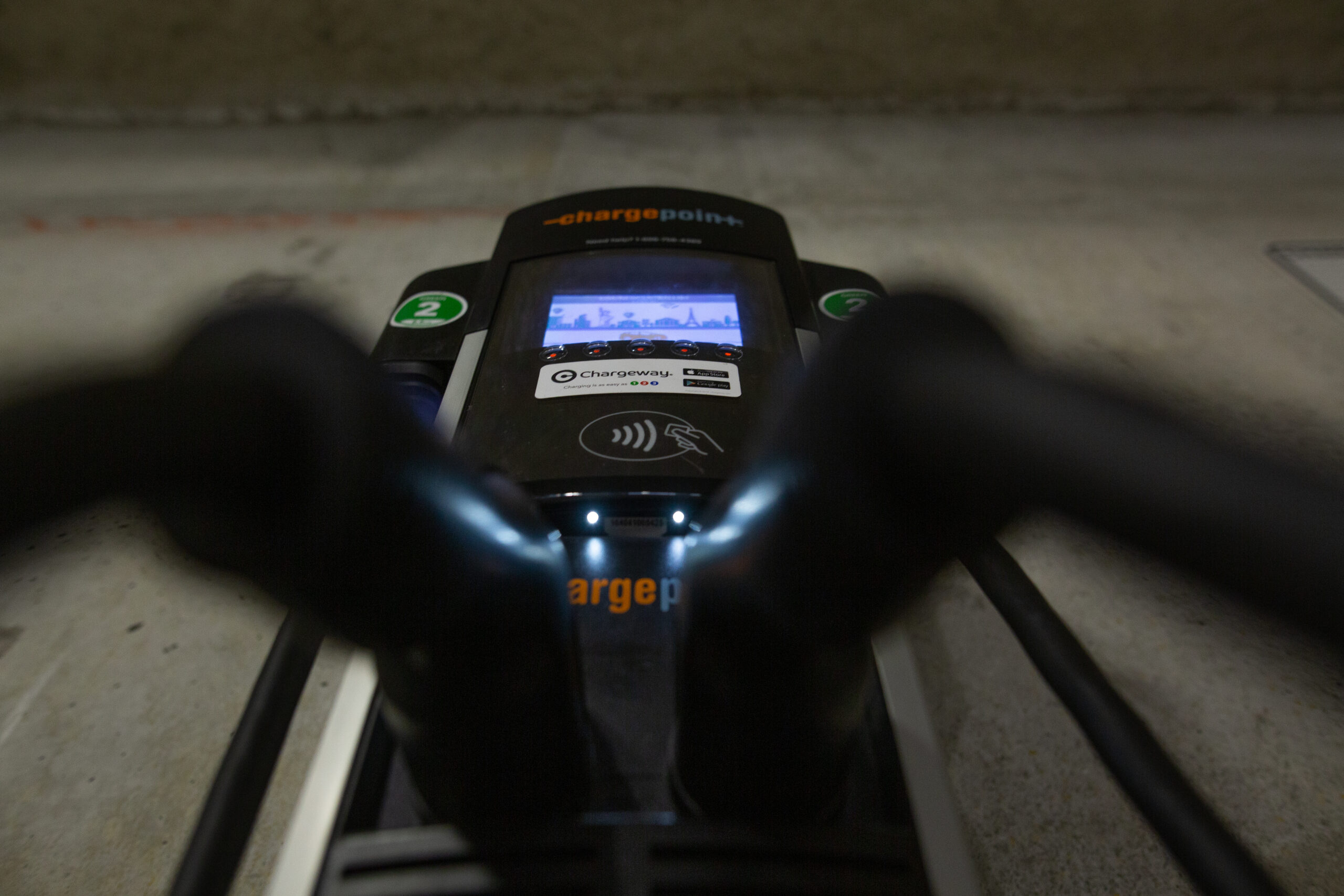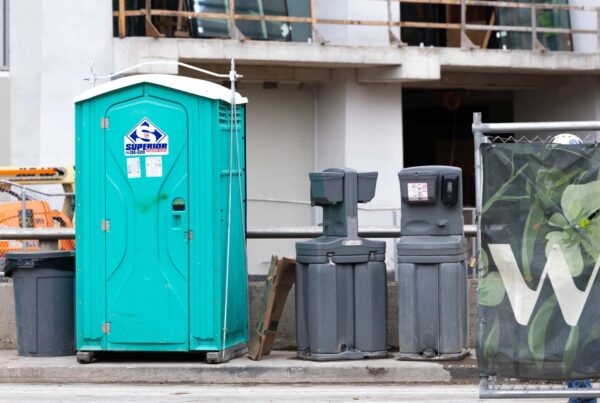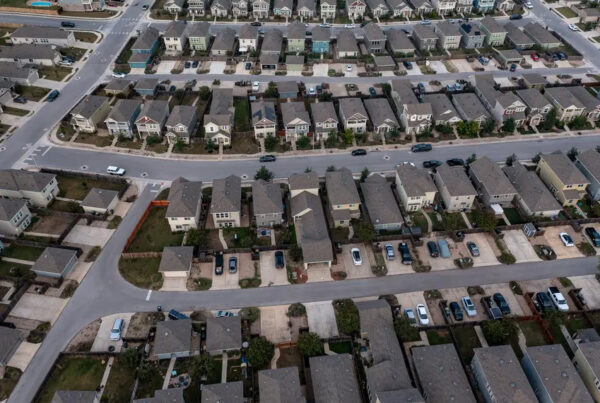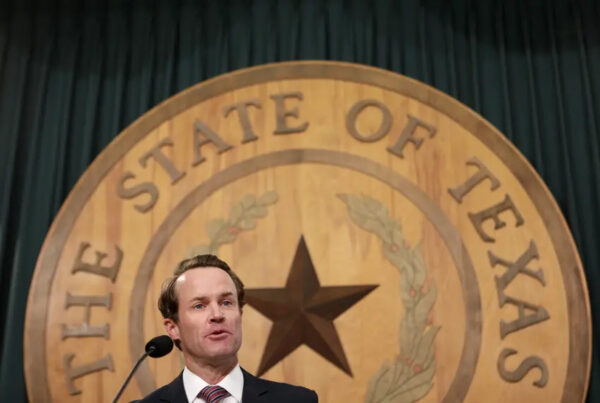“Buyer beware” is a principle that has folks thinking twice before a purchase, especially in this economy. Consumer satisfaction and safety is top of mind for Texans with recent recalls of electric vehicles and groceries.
Consumer Reports specializes in testing and data gathering of products and services. Marta Tellado is president and CEO of the nonprofit, as well as the author of “Buyer Aware: Harnessing Our Consumer Power for a Safe, Fair, and Transparent Marketplace.”
She spoke the Texas Standard on how technology has paved the way for convenience and environmental gains, but with greater risks for consumers. Listen to the interview above or read the transcript below.
This transcript has been edited lightly for clarity:
Texas Standard: Now, my dad was a big Consumer Reports guy, but for those not familiar, can you give us the background on what it is that CR does?
Marta Tellado: Absolutely, and no surprise because Consumer Reports has been around for 88 years. And so we have been the standard-bearer for any consumer who’s looking for safe, reliable products in the marketplace.
For all those 88 years we have been a nonprofit. We don’t take any advertising. And so we have earned the trust of consumers. And it’s been that trust, I think, that has enabled us to support all of our investigations, our advocacy, and of course, the ratings that so many people out there use every day.
So we’ve been seeing more and more electric vehicles and hybrids on the roads, but buying one can feel like new territory for some folks. What are you all looking for when you evaluate EVs?
Well, the car market, as you say, is very dynamic now. EVs have been really shaking things up. And we know from our surveys that consumers are interested in them, but they’re also a little leery about them because their concern is, “am I going to be able to get to where I need to get to with a charge?”
So while we continue to test our cars in our 375-acre test track, when EV started coming out, we decided we’ve got to – in addition to what we usually do: the fit, the quiet, how safe they are – we also have to add on an additional test to understand how EVs function.
And a lot of that has to do with… how easy is the plug in? What is the distance? How much of a savings do they require for you to get? And in a sense, are they going to get you to your destination? How far can you go with one charge? And so we’ve tried to add all of those to the evaluation. So you get a sense of pros and cons.
Now you also recently put into doubt, I guess, the reliability of EVs versus traditional cars in a recent study. Can can you talk about what Consumer Reports found?
We did. In addition to testing the cars, we also survey a lot of EV owners and our members. And no surprise, these are very new. And so you’re going to see some growing pains in EVs.
In addition to that, a lot of what manufacturers have put out are luxury EVs. And so alot of bells and whistles, a lot of things that can go wrong. And so what we really need to see is EVs that are more practical, and that’s going to help bring the price down as well.
And so I think as you see more and more in the market, as you see more practical EVs, I think we’re going to be able to address those issues.
» GET MORE NEWS FROM AROUND THE STATE: Sign up for Texas Standard’s weekly newsletters
Another thing that concerns people in buying EVs, of course, is depending on where you live, what’s your access to charging stations? Is that something you’ve looked at as well?
That’s exactly right. What we know is that consumers are interested in them, but they are concerned about where’s the nearest charging station. Am I going to get be able to get to that? And and also the thing we test is in the vehicle, how good is the in-vehicle app that tells you where the charging station is? That’s what consumers really want to know.
And we also want to know, is the government going to lean in and create more infrastructure so that these cars will be more attractive for all consumers?
You know, when it comes to technology, it changes really quickly. And, one way that a lot of people have started to use some of these changes is through their phones, of course, and things like banking apps or payment apps. But there are also things to remember when it comes to security. What are some of the caveats that go along with the convenience of using something like a digital payment app?
Technology has also changed everything we do in the marketplace – the way we transact, the way we buy things. And that’s about software. And so a lot of that is not transparent to the consumer, and some of it is incredibly convenient, and that’s why we’re using it.
So peer-to-peer payment apps is a perfect example. But there are also some hidden harms. And that’s what we really need to evaluate. So that’s where we leaned in.
We looked at a number of peer-to-peer payment apps and we look for how safe are they? Are they actually as safe and covered by the same rules and standards in traditional banking? And the answer is they are not. And so you need to be aware of what some of those hidden harms are.
So if you are in a peer-to-peer payment app, you also need to know that these apps are also sucking information – private information, personal information – as you are transacting. You’re going to be vulnerable to some scams, right? If there is a scam and you’re vulnerable and you’ve paid on a payment app, you are most likely not going to be made whole.
And so despite the fact that you see them on your banking apps, they are not covered by the regulations and standards of your traditional bank. This is an area where we need to see new standards, and we are trying to create a race to the top by evaluating and making sure you know how to pick and choose a payment app that’s really going to provide you with the protections you need.
Is that even through your bank’s banking app, that FDIC protections don’t always remain?
Absolutely. Think about it: You see Zelle, you see cash apps. Those are apps that are plugged into the banking system, but they are not covered.
So the digital marketplace is kind of a wild west, and you have to be conscious of that when you’re using them. Yes, they’re convenient, but we shouldn’t have to sacrifice safety and protection for convenience.
We should be able to design for safety and protection, and we know we can and we know they choose not to. So we have to stay on that. And that’s where that fearless and tireless advocacy comes in, in helping these apps really serve consumers in the ways that they should be served.














